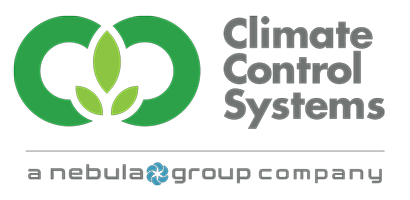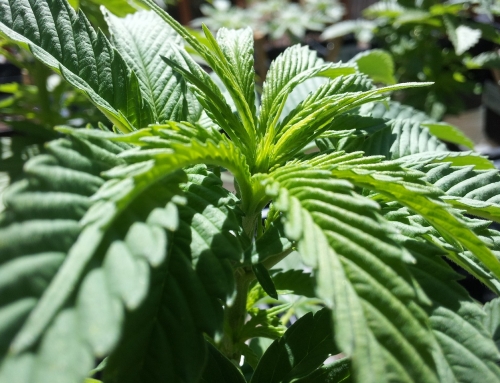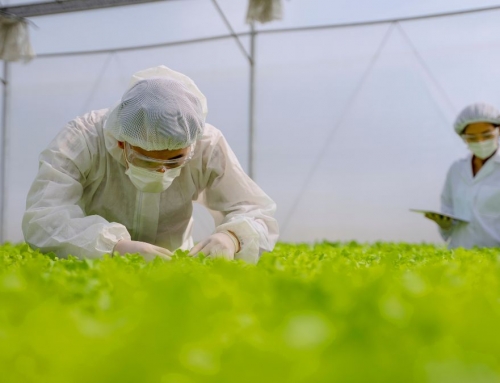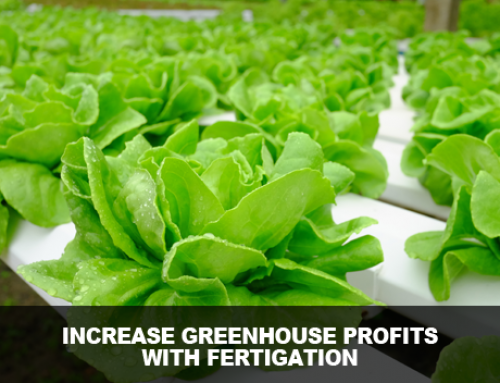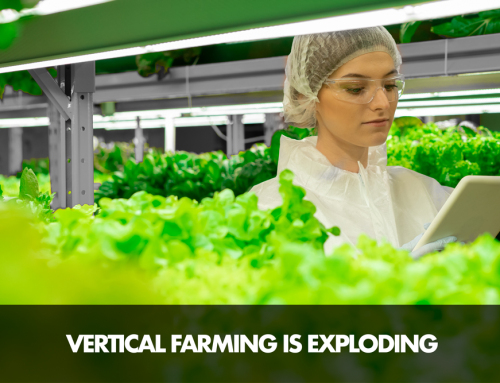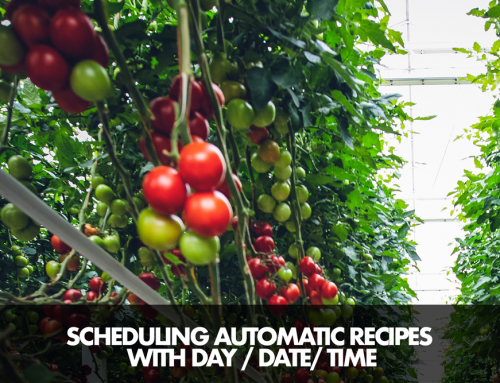For modern plant growers, greenhouses are a boon. With the help of greenhouses, it is possible for them to grow crops throughout the year and have better environmental control. With the help of a greenhouse environment and growth management setup of high quality, you can run a greenhouse efficiently.
There are many factors that a plant grower must monitor while growing plants in a greenhouse. So, a control station equipped with advanced software and ERP systems makes it easy for a grower to manage everything from the irrigation system to nutrients and chemicals, from ventilation to relative humidity.
What is Greenhouse Management?
While a greenhouse is an excellent way to grow plants, it needs proper supervision. Every greenhouse needs greenhouse environment and growth administration systems to get the best crop production. Greenhouse management can be achieved with the help of management automation or technology.
In simple words, greenhouse management is to modify and control conditions inside a greenhouse to care for the plants growing inside. There are different kinds of systems to take care of the needs of the plants, from food intake to the amount of water it receives every day. These systems include:
a) Greenhouse Fertigation Machines
A fertigation manager is a centralized irrigation control machine operated by a computer. It comes with the most advanced technology to manage the various irrigation strategies for multiple greenhouse crops daily based on greenhouse temperature, moisture, and more. It also helps with the timely injection of plant growth regulators.
b) Greenhouse Water Treatment
Every greenhouse needs clean water, and the best way to provide it to your plants is by recycling and treating water with the help of water treatment systems. Advanced ozone systems help clean irrigation wastewater into usable water to prevent water stress and boost plant growth in the greenhouse.
c) Greenhouse Climate Managers
This is an essential greenhouse climate and growth management system that helps handle greenhouse temperatures and relative humidity inside the greenhouse and monitor the wind, rain, solar conditions, and air temperature on the outside. It monitors and controls carbon dioxide levels, lighting, shading, positioning of greenhouse vents, etc.
How Does Greenhouse Management Work?
The more you scale up with plants in the greenhouse, the higher the need for growth management and control systems becomes. They help at every step, be it restricting fertilizers or sugars to prevent stem elongation, maintaining solar radiation for the desired plant growth, or monitoring greenhouse lighting.
From plant density to water content, everything needs to be thoroughly monitored and controlled when it comes to greenhouses. A greenhouse management and control system is equipped with advanced technology to give you a centralized system with the help of which you can monitor and change every aspect.
The best greenhouse management systems can help take care of heating, venting, irrigation, fertigation, carbon dioxide, humidity, shading, misting, water treatment and recycling, soil and moisture levels, etc. With such automated or semi-automated systems, your greenhouse management can reach a larger scale.
The processes of handling these and managing your time without a proper monitoring and control system can become tedious. A centralized automation system to manage greenhouses allows you to enjoy complete control over the different aspects of the growing environment inside the greenhouse.
What 5 Environmental Factors are Ideally Controlled in a Greenhouse?
Healthy crop growth with strong stems and roots and sufficient yields requires proper use of natural resources, i.e., light, heat, humidity, ventilation, and CO2. All crops grow in a different climate, and the effect of each on the yield of different crops varies. For even plant growth and healthy yield, you need to control the greenhouse environment.
The climate inside the greenhouse can be controlled by managing five different environmental elements. This allows all kinds of plant growth throughout the year, irrespective of the climate outside greenhouses in each season. The five environmental factors that you should control in the greenhouse are as follows…
a) Heat
It is important for plant growers to control heat to achieve the perfect air temperatures inside the greenhouse for different plants. While some plants can undergo heat stress or diseases when the temperature is too high, others need you to replicate the environment of hot summer months so that they can flourish.
b) Humidity
The effect of humidity in the air is profound for successful plant growth. The moisture can be related to air temperature, rainfall, and drought situations. Greenhouses become warm and moist as the plants inside process CO2 and expel oxygen. So, it is essential to control the environment to get the best plant yield.
c) Ventilation
Ventilation is essential for mitigating humidity in the air, regulating temperature, and providing fresh carbon dioxide supply. Hence plants need to be in an airy environment. However, the right wind is also needed for proper growth. The airflow inside greenhouses can be controlled with fans and vents.
d) Light
Solar radiation or the light of the sun is beyond the control of growers while working in open fields. But inside greenhouses, the level of light can be regulated. Some plants grow better in the shade while others need more light. You need light filters, blackout curtains, etc. for the best light diet for plants.
e) Carbon Dioxide
Another essential environmental factor that can have an important effect on the growth of plants is CO2. plants, as you know, absorb carbon dioxide for photosynthesis. This gas also increases the productivity of the crops. Increasing the CO2 level in the greenhouse can positively impact the photosynthesis of plants.
Why You Should Control Greenhouse Environment
Every plant grows in a different environment. Some need more lighting, while others thrive in the shade. Some plants are from cold and dry regions, while others need humidity and heat. Most plants need proper airflow and lots of CO2. The reason growers choose to farm inside a greenhouse is to control these environmental elements.
With the help of a greenhouse control setup equipped with advanced technology, you need to monitor the environment in which your plants are growing. That is how you can increase your yield – by maintaining an even condition for a crop throughout the year so that it can thrive throughout the year.
Final Words
For the best quality of crops and yield, a grower needs to control the environmental determinants. An advanced greenhouse control system of high quality from a reputed company will help you with the process. You can get insights into your setup and manipulate conditions. It can even help you to save on energy costs.
For healthy crop growth, every plant needs a different type of treatment. Quality greenhouse control systems can help monitor and control the temperature, amount of lighting, etc. for each crop. Plant growers thus depend heavily on such systems to manage the growth of all kinds of crops throughout the year in the greenhouse.
